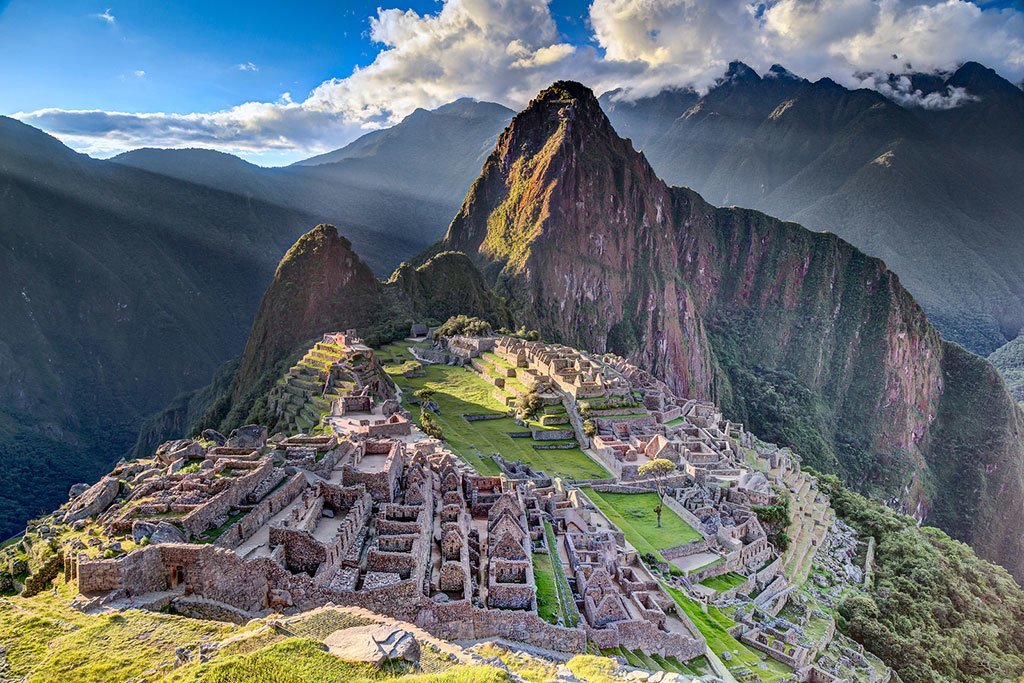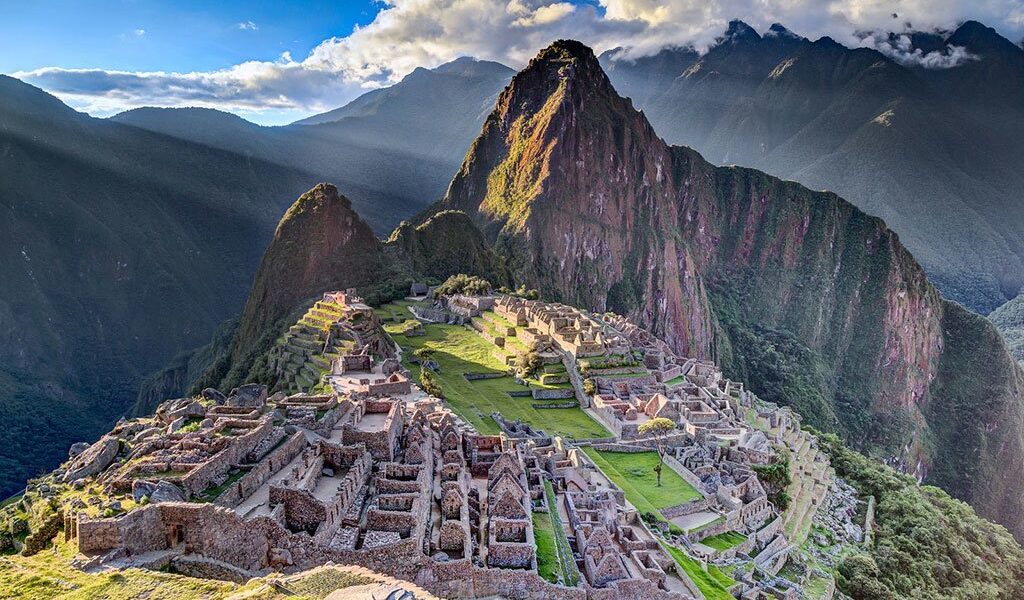
The big heads-up for Machu Picchu-bound travelers this month is that the Inca Trail is closed for maintenance, but Machu Picchu itself remains open. The heaviest rain of the year and the trail closure keep crowds away, but you will never see the ruins so refreshingly empty of tourists. A few interesting festivals take place across the Cusco region too, notably carnival.
## Exploring Machu Picchu and the Sacred Valley in February: A Comprehensive Guide
February in the Cusco and Sacred Valley region presents a unique travel experience. While it’s known as the wettest month, don’t let that deter you. The warmth is still present, with average highs hovering around 64°F (18°C) and lows around a comfortable 43°F (6°C). This combination of warmth and moisture does lead to muddy conditions and an increased risk of landslides, which can make trekking more challenging. It’s important to be prepared for these conditions if you plan on hitting the trails. However, the much-loved Inca Trail is the only major trek that closes its doors to tourists during February. This presents an excellent opportunity to explore some of the region’s other incredible trails, perhaps one you might otherwise overlook. Consider the Salkantay Trek, a popular alternative that offers stunning scenery and a rewarding challenge.
This time of year also encourages travelers to discover the many other highlights that the Cusco and Sacred Valley region has to offer. With the Inca Trail temporarily unavailable, February is an excellent time to prioritize these hidden gems. Embrace the chance to delve deeper into the culture and history of the area, discovering sites that often get overshadowed by the famous Inca Trail.
Visiting Machu Picchu in February offers potential cost savings. The rainy weather contributes to it being the low season for tourism, and with the Inca Trail closed, prices tend to be more competitive. While other treks remain open, the decreased demand overall can lead to more affordable accommodations and tours.
Despite the rain, Machu Picchu itself remains open, as do all the other attractions throughout the Sacred Valley with the single exception of the Inca Trail. If you’re looking for a way to beat the February gloom, consider a visit to the therapeutic hot springs at Salinas, located near the charming town of Urubamba. The warm, mineral-rich waters provide a welcome respite from the rain and a chance to relax and rejuvenate amidst stunning natural surroundings.
February is a delightful time for those who appreciate flora, as the Machu Picchu area bursts into life with vibrant flowers and lush plant life. The ruins themselves are, of course, an absolute must-see. The ancient stones take on a special, mystical quality when wet. However, caution is paramount. The wet weather can make the stones slippery, so take extra care when climbing on the ruins. Hiking, especially on the trail up to Wayna Picchu, requires a heightened awareness of your footing. Sturdy, waterproof footwear is highly recommended.
For avid trekkers, although the wet conditions and Inca Trail closure may seem discouraging, February provides the perfect opportunity to venture off the beaten path. Consider routes like the Salkantay Trek or the Lares Trek, which offer incredible alternative experiences. The rain also transforms the rivers, making them ideal for exhilarating rafting adventures. Many rivers swell into Class IV rapids during this month, offering adrenaline-pumping thrills for experienced rafters.
Fortunately, Cusco is a destination that can be enjoyed in any weather. The city boasts an array of fantastic restaurants, offering a diverse culinary scene to explore. Numerous museums provide cultural enrichment and a welcome escape from the rain. Keep in mind that if you plan to travel by train from Cusco to Machu Picchu (specifically, the Aguas Calientes train station) during February, services from Cusco’s Poroy train station will be temporarily suspended. Instead, you will be transported by bus for the initial leg of the journey from Cusco to Ollantaytambo, where you will then board the train to continue to Aguas Calientes. This change in transportation is due to seasonal adjustments in train schedules.
The cultural calendar in Cusco is also lively in February. The main celebration is Carnaval, which takes place in the days leading up to Lent. While Carnaval is celebrated in many Latin American towns and cities, the Cusco festivities are particularly memorable. The city’s breathtaking backdrop adds a unique charm to the celebrations. However, Cusco also hosts a unique and fascinating event specific to the region.
The Luchas de Toqto, or ‘Toqto Fights,’ are organized at the beginning of February in the Canas and Chumbivilcas provinces, centered around the town of Toqto. This ancient ritual of Quechua origin is a captivating spectacle, traditionally held to determine land settlements for the upcoming year. These fights sometimes involve rather elaborate weaponry, and injuries can, on occasion, be significant. However, after the three-day clash, a lively party is held for both winners and losers, fostering a sense of community and reconciliation.
Enjoy the unique experience of visiting Machu Picchu and the Sacred Valley in February, embracing the opportunities that this off-season month presents. Be prepared for the weather, pack accordingly, and discover the beauty and adventure that await you in this captivating region. Remember to appreciate the vibrant flora, the thrilling rafting conditions, and the unique cultural experiences that make February in Cusco a truly unforgettable journey.
B-2062

